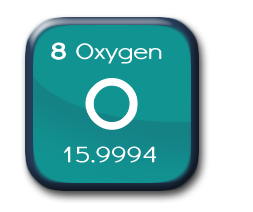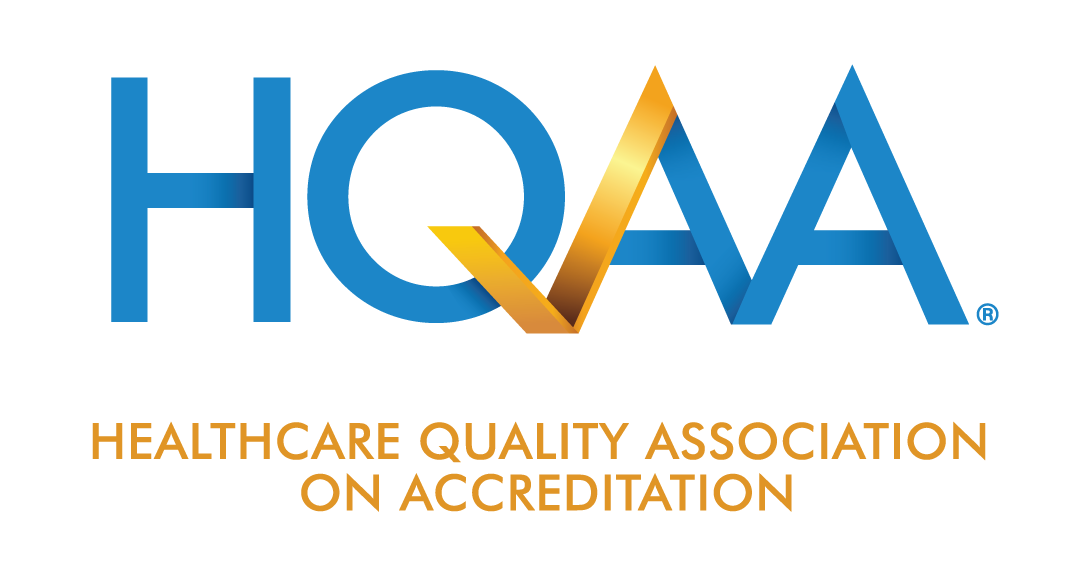 It might surprise some readers to learn that there are enough rules and regulations, quirks and nuances, and potential problems to devote an entire blog article to a topic limited to “oxygen orders”. The fact is that oxygen orders are a complex enough issue to devote an article to, and more importantly, for your company to devote resources including training time --toward the goal of compliance.
It might surprise some readers to learn that there are enough rules and regulations, quirks and nuances, and potential problems to devote an entire blog article to a topic limited to “oxygen orders”. The fact is that oxygen orders are a complex enough issue to devote an article to, and more importantly, for your company to devote resources including training time --toward the goal of compliance.
Any conversation about oxygen orders starts with the concept that oxygen is a prescription drug. Administration of and dispensing oxygen and devices that manufacture oxygen is governed by a host of regulatory authorities including the Food & Drug Administration (FDA) and state respiratory care and pharmacy boards.
Because it is a drug, oxygen orders must be obtained and should include the following information:
- The word “Oxygen” (obviously).
- Amount -- usually expressed as a liter flow or a percentage.
- Duration – such as “continuous” or “12 hours/day” or “PRN” (as needed).
- Delivery device/modality. If a patient is discharged from a hospital on oxygen 2 liters/minute continuous, it is generally acceptable to assume that the delivery device is a nasal cannula. Anything other than a nasal cannula should be specified. Examples of other devices include oxygen masks, in line with ventilators, and bled into CPAP.
In addition to the above bullet pointed items, there may be additional information required for billing purposes. For instance, in the Medicare system, patient diagnosis codes and length of use are typically required.
While the above rules seem simple enough, medical equipment companies constantly struggle with incomplete oxygen orders. Examples are numerous. Perhaps the most common is that the duration is left off the order. A doctor orders “Oxygen at 2 liters/minute” but doesn’t state that the oxygen should be used continuously or that it can be used PRN. This is an incomplete order and the risk a provider takes is that there is no documented medical direction specifying how many hours a day the patient should use their oxygen. The DME company must educate the patient on how and when to use their equipment and absent the duration, any advice they give the patient is done without medical direction. This increases the liability the company has with regards to the patient and their care.
Another rather common error with oxygen orders for DME companies results from Medicare’s Certificate of Medical Necessity (CMN). The CMN form has space to specify diagnosis codes, and runs a physician through a series of questions about testing and diagnostic procedures that led a physician to order oxygen. The form has a question on it that asks for the “maximum flowrate” needed. Because of the verbiage in the question, the document does not give a specific liter flow. If the “maximum flowrate” is listed as 4, there is an implication that perhaps the patient could use the oxygen at 2 or 3 liters/minute, but no higher than 4 liters/minute. Additionally, the duration is not listed anywhere on the CMN. A DME company that relies on the CMN for its order does not have complete information on the liter flow OR the duration. Is it okay for the patient to use the oxygen continuously? Can they come off oxygen for periods of time? With a CMN order we just don’t know.
Further complicating the CMN is the fact that most of the document must be filled out by the physician without the DME’s assistance. Thus, the DME company has the onus of responsibility of obtaining a complete order to satisfy FDA and state board rules, but has to be careful about leading the physician in how to write the order. The onus is also on them to have appropriate and accurate billing documents. The CMN meets the need in terms of billing Medicare, but does not have a complete order and must therefore be supplemented with a prescription pad order or some other kind of clarification that lists the liter flow and duration. The DME company has two choices to solve this dilemma: 1) They can obtain an additional prescription from the physician. Or, 2) They can have the physician include the liter flow and duration in Section C of the CMN. With this additional information (the exact liter flow and duration), the CMN can be considered a complete order.
Still another challenge in complying with oxygen order rules and regulations is the fact that orders sometimes expire. Watch for expiration dates or timeframes on the order – the CMN or a prescription pad order may contain an expiration date. If the doctor says the order is good for one year, make sure you have a mechanism to track the date you’ll need to obtain a new, updated order. Even if the doctor writes the order as a “lifetime order”, carefully ensure that you are complying with state pharmacy board regulations. Many state pharmacy boards specify that orders must be updated at some interval—typically one year.
Lastly, be careful with orders that require clinical interventions. Some physicians order oxygen for patients with language that specifies “titrate to keep oxygen saturation above 94%” or “okay to use oxygen at 1-5 liters/minute to maintain oxygen saturation above 93%”. These are valid, acceptable orders, but they require clinical respiratory therapy services in the form of patient assessment and pulse oximetry testing. If your company is set up to provide these services, you can certainly accept these orders, but be sure your clinicians are following the physician ordered treatment plan. Encourage the physician to provide very specific parameters and define how often the patient should be assessed. Document the education and also the clinical assessments carefully and communicate progress to the physician.
Make sure staff—both clinical and non-clinical—are aware that oxygen is a drug, and make sure your processes include measures to ensure that incomplete orders are corrected or validated. While most states do not require a respiratory therapist intervention to set up oxygen, these clinicians can help augment your program – even if it does not include clinical services – through education. Assess the competency of any staff member that sets up or troubleshoots oxygen issues to ensure they understand how to properly care for customers receiving this complex, and sometimes problem-prone equipment and service. With proper staff education, your company can navigate the sometimes-complicated world of home oxygen therapy and build a successful program.


